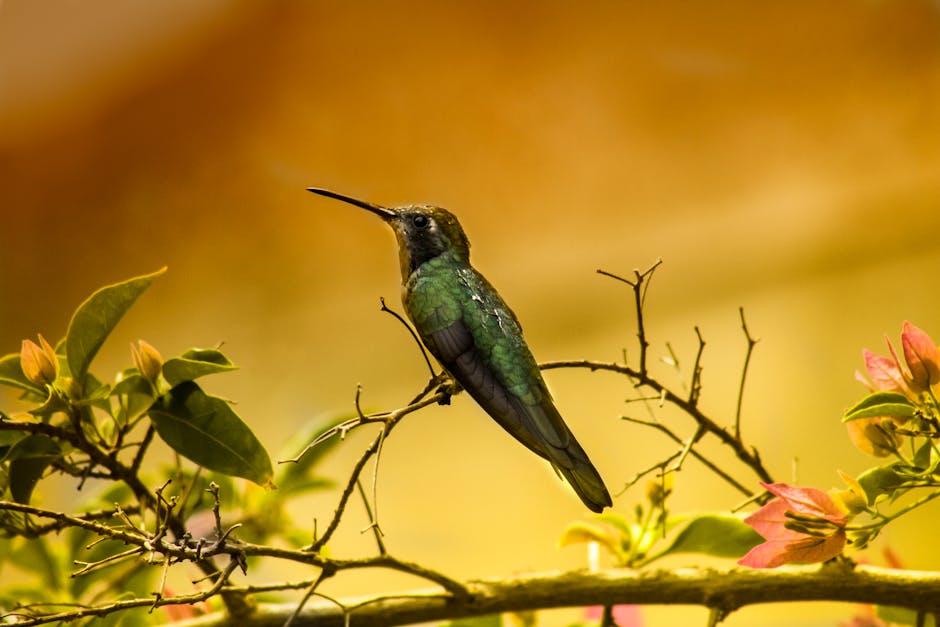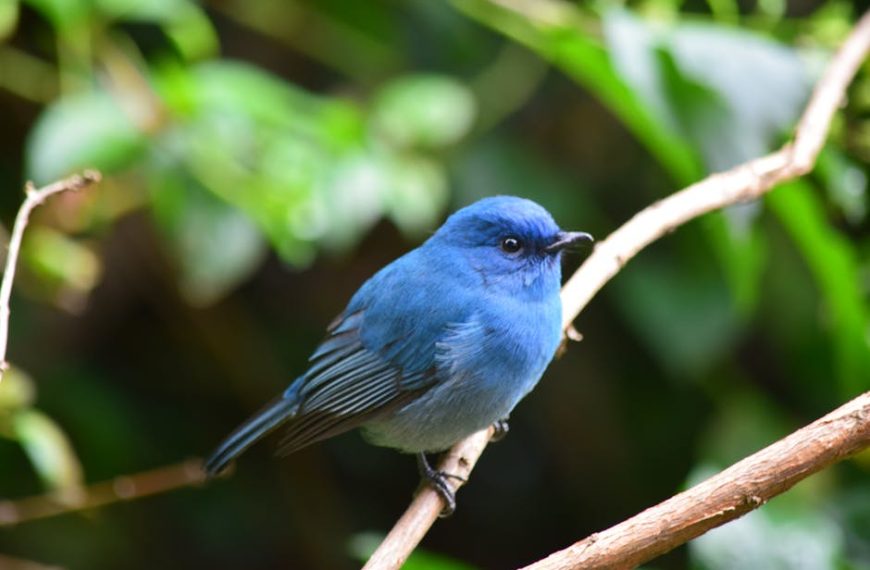Birds: nature’s marvels that have sparked the curiosity of onlookers and researchers alike. Their wings alone hold a myriad of secrets, functioning not merely as tools for flight, but as critical elements in communication, camouflage, thermoregulation, and more. In this journey, we undertake an exploration of the versatility of bird wings, understanding their utility, marveling at their ingenuity and drawing inspiration for mankind’s creations.
The Structural Design of Bird Wings
Bird wings exhibit a complex, yet wonderfully efficient design. At a fundamental level, they consist of various feathers, each playing a significant role. To begin with, flight feathers — primary, secondary and tertiary — are key for birds to maintain balance and control during flight. Covert feathers provide a smooth contour to the wing, reducing drag. Lastly, down feathers serve for insulation, shielding birds from harsh weather conditions.
Different bird species host unique wing structures evolved to suit their lifestyle. For instance, falcons with their long, pointed wings are adapted for speed, while albatrosses sport long, narrow wings, ideal for gliding over oceans. Bird enthusiasts can benefit from learning these differences, as it aids in identifying species and understanding their behavior.
Flight Mechanics: How Wings Support Birds in the Air
Flight may seem effortless when observing a bird soaring in the sky, but the mechanics involved are intricate. Three fundamental processes involved in bird flight are flapping, gliding and soaring. During flapping, birds generate lift and thrust by vigorously moving their wings up and down. Gliding, on the other hand, is a passive flight mode where birds descend gradually with wings outstretched. Soaring involves birds rising on columns of warm air, conserving energy.
Birds showcase diverse flight styles based on their wing structures. Peregrine falcons, with their sharply tapered wings, are the fastest flappers, whereas albatrosses, with their sizeable wingspans, excel in soaring. Observing these various styles, birdwatchers can uncover the complexities of bird flight and behavior.
Wing Role in Communication and Mating Rituals
Beyond flight, bird wings serve as expressive tools for communication, particularly during mating rituals. Pigeons, for instance, utilize a ‘bowing’ display, courting their mates with exaggerated wing movements. Fantail birds are famous for their mesmerizing wing displays, spreading their tail feathers like a fan during courtship.
Birdwatchers during mating season should adopt respectful practices, ensuring they observe from a distance and avoid disrupting these intimate moments. Recognising the distinct wing-based signals of different species would be a thrilling aspect of birdwatching.
Other Uses of Wings: From Camouflage to Thermoregulation
Beyond enabling flight and communication, bird wings serve additional remarkable uses. Wings play a role in camouflage, helping birds blend with their environments. The American bittern, for instance, uses its striped wings to mimic surrounding reeds. They also aid in thermoregulation, with birds like vultures spreading their wings to absorb heat. Lastly, wings serve protective functions; turkey vultures, for example, utilize their wings to shield their young from predators.
Students of nature should approach observing these behaviors with care, ensuring stress isn’t caused to these resilient yet delicate creatures. Every adaptation tells a story of survival, and understanding these nuances can enhance our appreciation for the world of avian wonders.
Man’s Fascination and Inspiration From Bird Wings
Bird wings have proven to be a tremendous source of fascination and inspiration for mankind. The most profound instance is the realm of aviation. Human attempts to conquer the skies have been heavily inspired by observing birds, leading to the development of winged aircraft. In addition, bird wings have influenced realms stretching from fashion, where feathered designs evoke luxury, to the art world, where birds symbolize peace, freedom, and beauty.
Artists and inventors seeking inspiration should look no further than the natural world. The way birds utilize their wings offers endless possibilities for creative interpretation. One must ensure, however, that any usage is respectful and ethical, preserving the beauty and sanctity of the original avian motifs.
Through understanding nature’s avian wonders, we enable ourselves not just to observe but to appreciate, draw inspiration, and foster a nurturing space for these mesmerizing creatures. Whether you’re a bird enthusiast or a casual observer, we hope this journey through the fascinating world of bird wings has sparked a deeper appreciation for birds and the incredible functionality that their wings provide.
From design to function, from communication to protection, the wings of birds are a testament to the extraordinary power of evolution. They continue to inspire us, to fill us with wonder, and offer valuable insights into the natural world.
Key Takeaway:
- Bird wings deliver more than flight, serving in communication, camouflage, thermoregulation, and protection.
- Variations in wing structure across different bird species have evolved to suit their specific environments and lifestyles.
- Understanding the mechanics and different styles of bird flight (flapping, gliding, soaring) unveils the beauty of the avian world.
- Human inventions, including flight and creative designs in fashion and art, have drawn inspiration from bird wings.
Remember, every feather on a bird’s wing tells a tale of survival, adaptation, and evolution. By observing and understanding these structures and their functionalities, we foster our appreciation of nature’s marvels and continue to draw inspiration from their astonishing capabilities.
FAQs
Q: How have bird wings evolved over time to suit their environment?
A: The evolution of bird wings has been a direct response to their environment. For some, long, narrow wings help with long-distance travel and gliding, like albatrosses, while others, such as falcons, have more pointed wings designed for speed hunting.
Q: Can watching bird wings help identify their species?
A: Absolutely, understanding the unique characteristics and variations of bird wings can indeed aid in identifying different species.
Q: How do bird wings play a role in mating rituals?
A: Birds often utilize their wings in expressive displays during their mating rituals. These movements can range from exaggerated flapping to spreading tail feathers, attracting potential mates.
Q: Beyond flight, what other functions could bird wings serve?
A: Bird wings play integral roles in camouflage, blending with surroundings, thermoregulation, and protection. Specific bird species have developed unique uses aligned with their respective survival strategies.
Q: How have bird wings influenced human inventions?
A: Bird wings have heavily inspired the realm of aviation, where the principles of bird flight have been mirrored in designing aircraft. They’ve also made significant contributions to the world of fashion and art.
Continue exploring these fascinating insights about birds and their wings. Ensure you share this article with fellow nature enthusiasts and check out more posts on our website.












